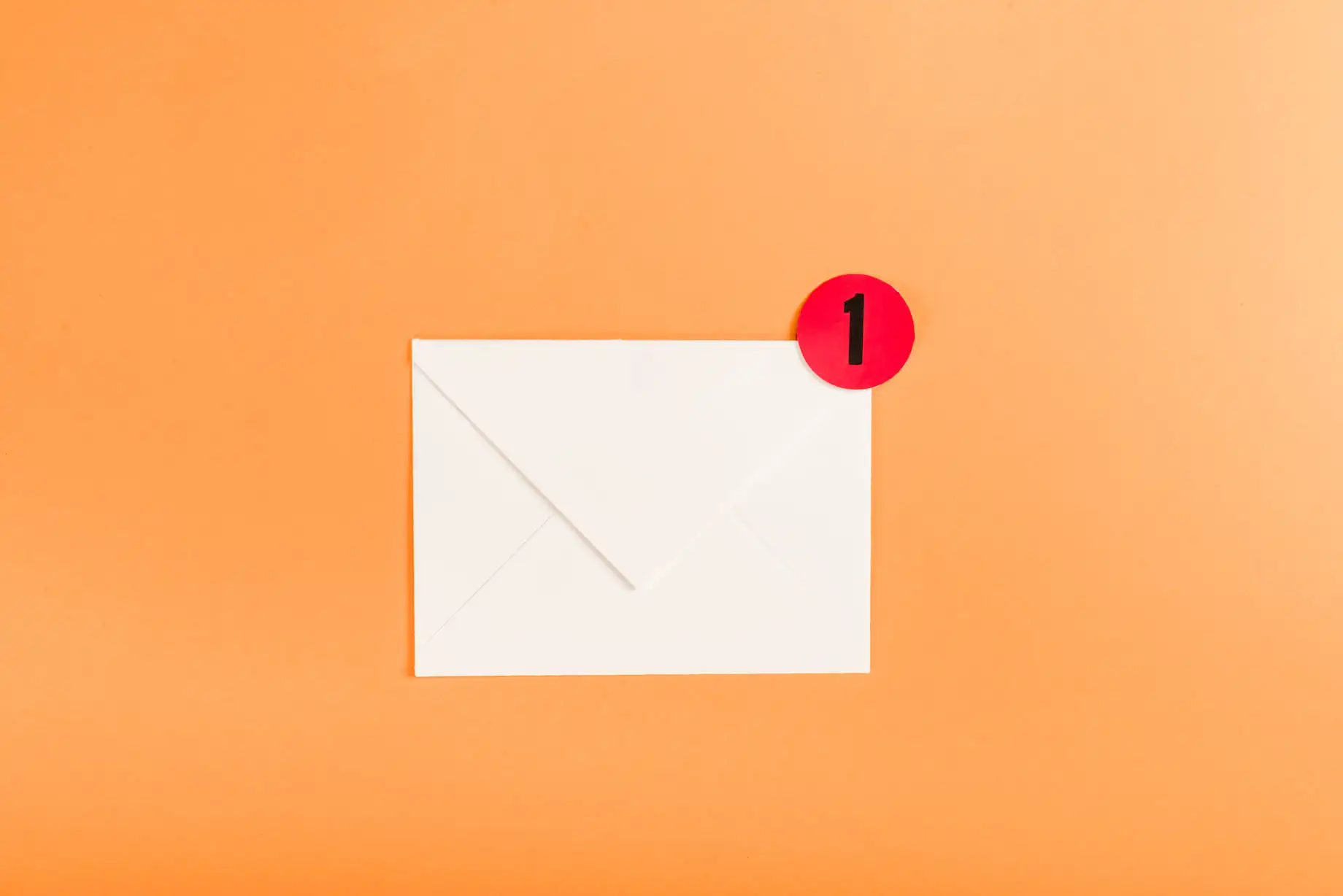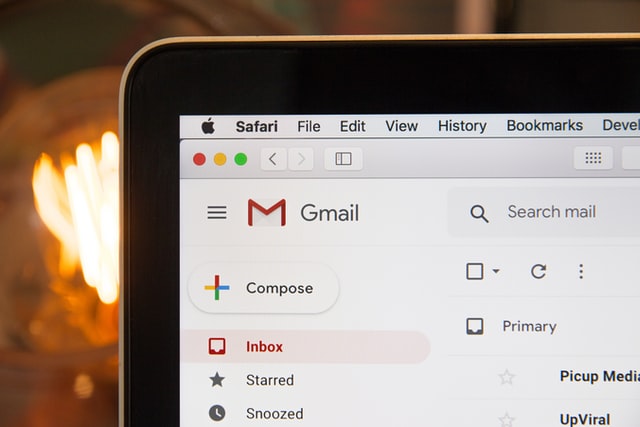Follow-up emails can mean the difference between missed opportunities and closing deals, securing partnerships, or building lasting relationships. Yet, many people struggle with writing effective follow-ups that feel professional, personal, and persuasive.
In this blog post we’ll show you how to write a follow-up email that stands out, explain when to send one, offer sample emails to follow up in various scenarios, and share expert tips to perfect your approach.
Why Follow-Up Emails Matter
It’s often said that success lies in the follow-up—and for a good reason. Following up demonstrates persistence, professionalism, and genuine interest, key components to fostering trust and nurturing relationships.
Clients, prospects, and collaborators often have competing priorities, so a friendly reminder can keep you top-of-mind and show your commitment to staying connected.
When to Send a Follow-Up Email
Strike the perfect balance—not too soon to seem pushy but not too late to lose momentum. Statistics suggest that the best time to send follow-up emails is typically between 24–48 hours after the initial interaction. For specific scenarios, here’s what works best.
Factors Affecting Follow-Up Timing
- After a Meeting or Call: Follow up within a day or two to show enthusiasm and keep momentum strong.
- Post-Interview: Send a thank-you follow-up within 24 hours while the conversation is fresh in the interviewer’s mind.
- After No Response: Wait 3–5 business days before sending a polite reminder.
How to Write a Follow-Up Email in 10 Simple Steps
Step 1: Write a Clear Subject Line
A compelling subject line encourages recipients to open your email. Examples include:
- “Following Up on Our Conversation at [Event/Meeting]”
- “Quick Reminder About [Topic]”
- “Checking in Regarding [Proposal or Opportunity]”
Step 2: Open With a Polite Greeting
Start your email with a professional and friendly tone. Address the recipient by name to personalise the message. For instance, “Hi [First Name], I hope you’re doing well.”
Step 3: Provide Context or Reason for Following Up
Remind the recipient of your previous interaction to establish relevance. Mention specifics, like “We spoke about [topic] during [event/meeting].”
Step 4: Express Gratitude or Appreciation
Show that you value their time. A simple, “Thank you again for taking the time to meet with me” can set a positive tone.
Step 5: Keep the Message Concise and Relevant
Don’t overwhelm the recipient with lengthy paragraphs. Stick to the main point and avoid unnecessary details.
Step 6: Include a Clear Call-to-Action
State exactly what you’d like the recipient to do, whether it’s scheduling a follow-up meeting, providing feedback, or reviewing a document.
Step 7: Maintain a Professional Tone
Always keep your language respectful and professional, even in informal correspondence.
Step 8: Personalise the Content
Customise your email by referencing personal details from your previous conversation. For example, “I looked into [specific topic] as you suggested and found…”
Step 9: Use Polite and Persuasive Language
Strike a balance between courteous and direct. Phrases like “Would you be able to…” or “It would be great if…” can gently encourage action.
Step 10: End With a Courteous Closing
Wrap up with a polite phrase such as “Looking forward to your response” or “Please feel free to get in touch if you have any questions.”

Follow-Up Email Templates & Examples
How to write a follow up email after an interview
Subject Line: Thank You for the Opportunity
Hi [Interviewer’s Name],
I wanted to thank you for taking the time to speak with me about the [position] role at [Company Name]. I really enjoyed learning more about the team and the exciting projects you’re working on.
Please don’t hesitate to reach out if you need any additional information from my end. I look forward to the possibility of joining your team!
Best regards,
[Your Name]
How to write a follow up inquiry email
Subject Line: Following Up on Your Inquiry
Hi [First Name],
I hope this email finds you well. I’m following up on your inquiry regarding [service] and wanted to check if you had any additional questions or need assistance.
Looking forward to hearing from you,
[Your Name]
How to write a follow up email after networking
Subject Line: Great Meeting You at [Event]
Hi [First Name],
It was a pleasure meeting you at [event]. I enjoyed our conversation about [topic]. Please do not hesitate to reach out if you’d like to connect further!
Best regards,
[Your Name]
How to write a follow-up email to client after quotation
Subject Line: Checking in on Our Proposal
Hi [First Name],
I wanted to follow up on the proposal we shared last week regarding [project]. Please let me know if there’s anything else you’d need to move forward.
Thank you,
[Your Name]
Key Dos and Don’ts for Sending Follow-Up Emails
- Do personalise every email.
- Do time follow-ups strategically.
- Don’t spam the recipient with excessive follow-ups. Respect their time.
Common Mistakes to Avoid While Sending Follow-Up Emails
- Being Too Pushy: Stay polite and professional.
- Writing Overly Lengthy Emails: Stick to the point.
- Ignoring Previous Interactions: Demonstrating attention to detail builds trust.
How to Write a Follow-Up Email After No Reply
- Wait a Few Days: Give the recipient some time to respond before following up.
- Start Polite: Open with a friendly tone and reference your previous email to provide context.
- Acknowledge Their Time: Mention that you understand they may be busy.
- Keep It Short: Get to the point and clarify your purpose, whether it’s offering help, sharing information, or reminding them of something.
- Add Value: Include something helpful, like a resource, a suggestion for a quick call, or an easy next step.
- End with a Clear Action: Wrap up with a simple call-to-action, like confirming a time, answering a question, or sharing their thoughts.
Be respectful, professional, and concise—this will increase your chances of getting a response!
Attention-Grabbing Subject Lines for Follow-Up Emails
- “Quick Update on [Topic]”
- “Action Required: [Task or Follow-Up Request]”
- “Next Steps for [Project or Meeting]”
- “Reminder: [Deadline or Task]”
- “Exciting News About [Relevant Topic]”
- “Follow-Up Needed: [Specific Task or Request]”
- “Just a Friendly Reminder About [Topic]”
- “We Need Your Input on [Project or Decision]”
- “Great Opportunity Awaits: [Event or Offer]”
- “Don’t Miss Out on [Specific Deadline or Benefit]”
- “Quick Question About [Relevant Topic or Task]”
How to Write a Follow-Up Email Using Automation Tools
Save time and boost efficiency by using tools like Mailchimp, HubSpot, or SalesLoft to automate your email sequences, marketing campaigns, and sales workflows. These platforms allow you to schedule emails, track engagement, and personalise outreach at scale, helping you focus on building relationships and growing your business.
Whether you’re managing customer communications, nurturing leads, or streamlining your sales process, automation tools can save hours of manual work while delivering better results.
Perfecting how to write a follow-up email can open up countless opportunities. By following the guidance, templates, and best practices we’ve shared, your follow-ups will not only get responses but also build stronger professional relationships.
Blog FAQ List
How to politely write a follow-up email?
To write a polite follow-up email, start with a friendly greeting and express gratitude or recognition for previous interactions. Be concise and focused on the purpose of your email, and always maintain a professional tone. Use phrases like “I hope this email finds you well” or “I wanted to follow up on my previous email” to set a polite and respectful tone. End with a clear call-to-action while showing understanding for any delays.
How do you write a follow-up email after no response sample?
Subject: Just Following Up
Hi [Recipient’s Name],
I hope you’re doing well! I wanted to follow up on my last email regarding [insert topic or purpose]. I completely understand if things have been busy on your end, but I wanted to see if you had the chance to review my previous message.
Please feel free to share your thoughts or let me know a convenient time to continue the conversation. I’m happy to adjust to your schedule if needed.
Looking forward to hearing from you!
Best regards,
[Your Name]
How do I professionally say I’m following up?
- “I wanted to follow up on my previous email and check if you had a chance to take a look.”
- “Just following up to see if there are any updates regarding [specific topic].”
- “I’m reaching out to follow up on our last conversation and see if there’s anything further I can assist with.”
Remember to always keep the tone polite and considerate.
How to write a follow-up email without sounding rude?
To avoid sounding rude, ensure your email is polite, understanding, and respectful of the recipient’s time. Avoid using demanding language or showing frustration at a lack of response. For example, instead of saying “Why haven’t you responded to my email yet?” try writing, “I understand you may have a busy schedule, and I wanted to kindly follow up to ensure my previous message didn’t get lost.” Always focus on adding value and keeping the tone professional.


